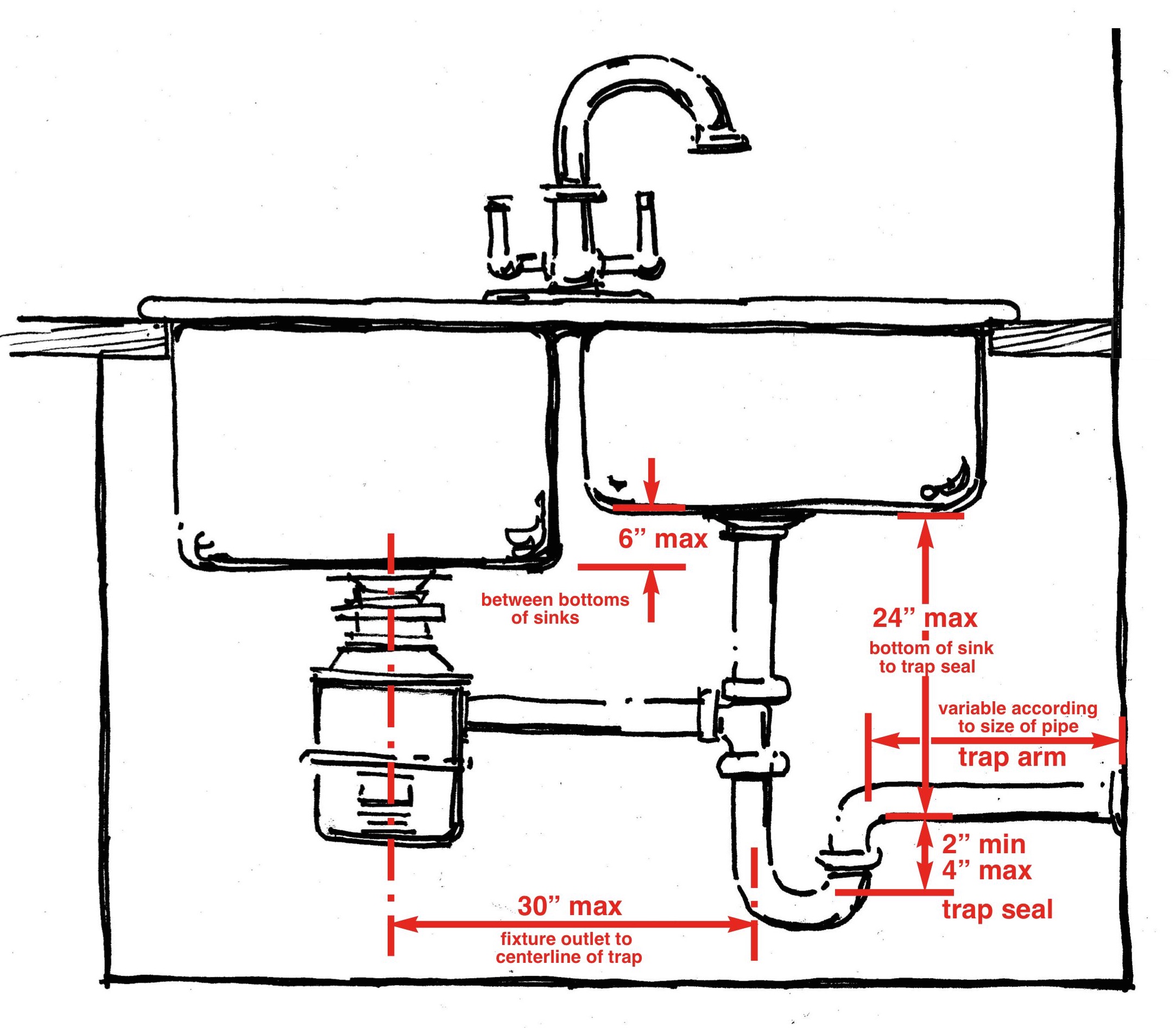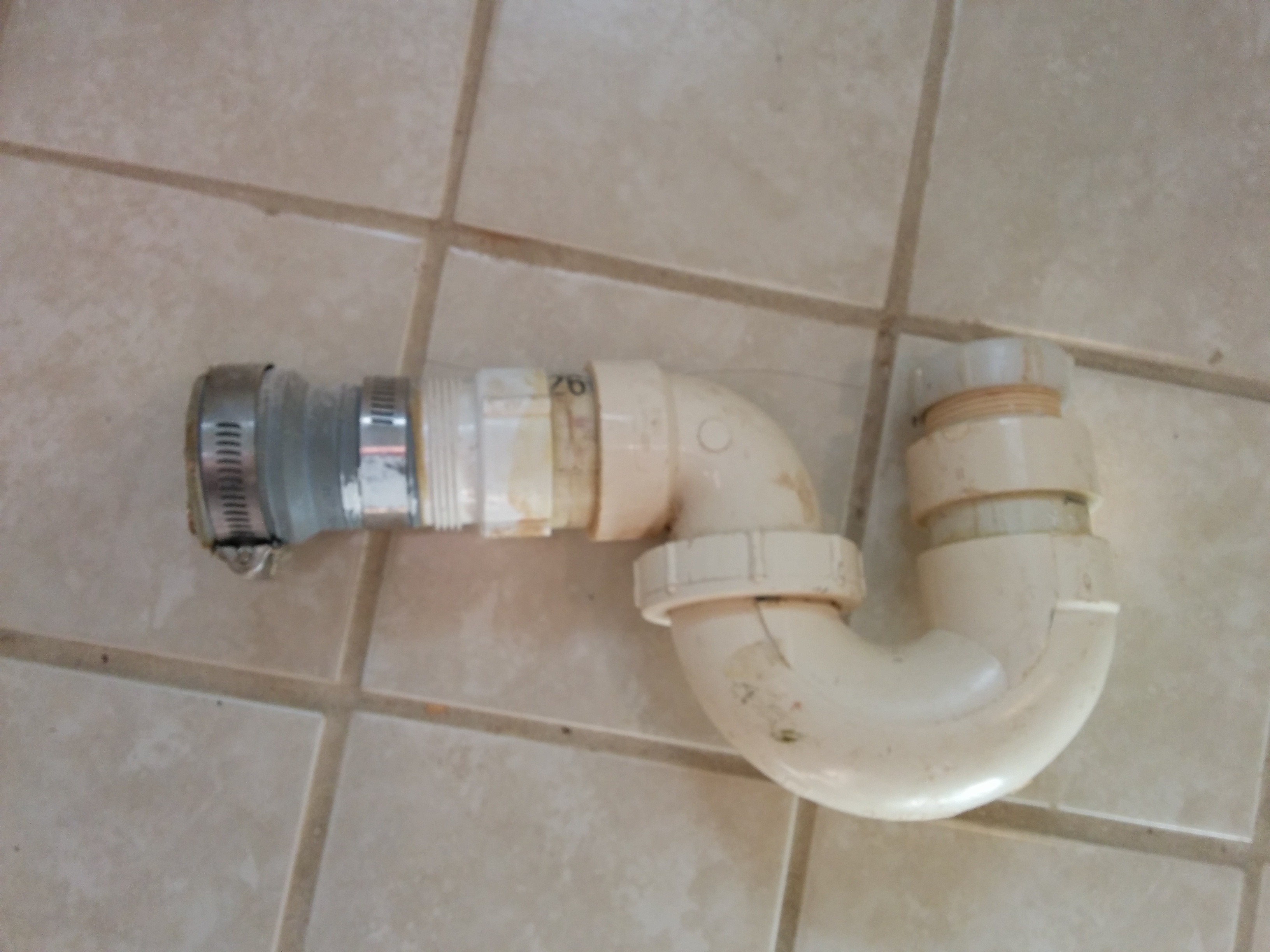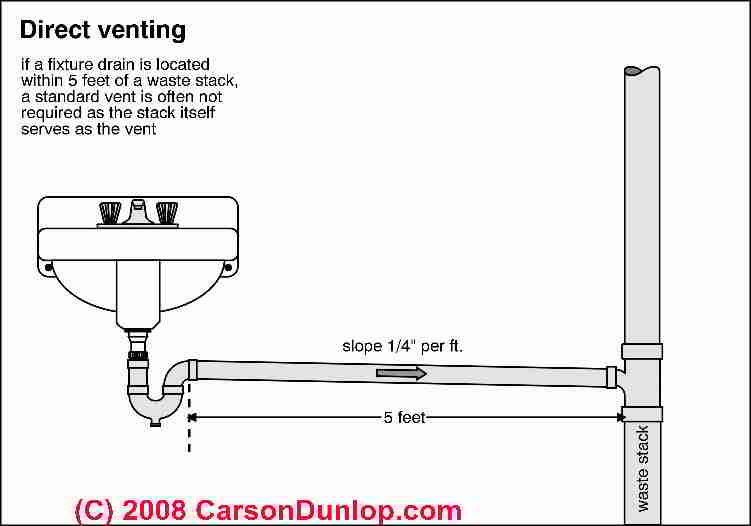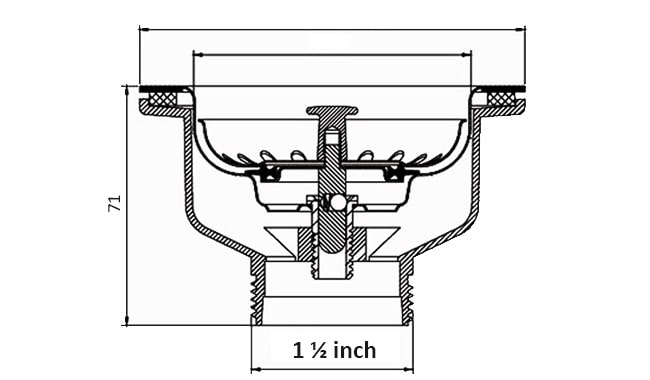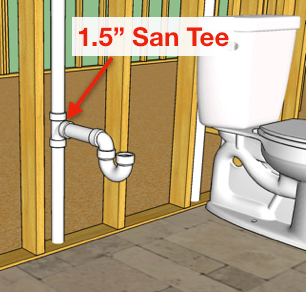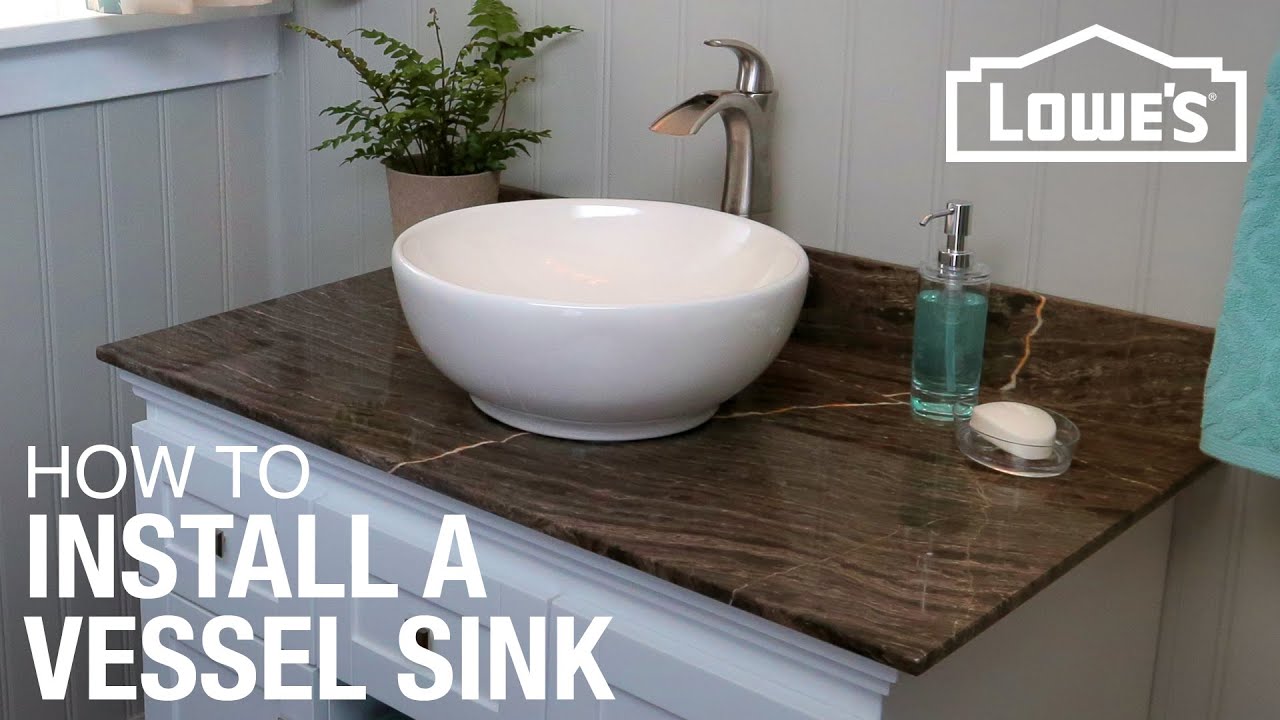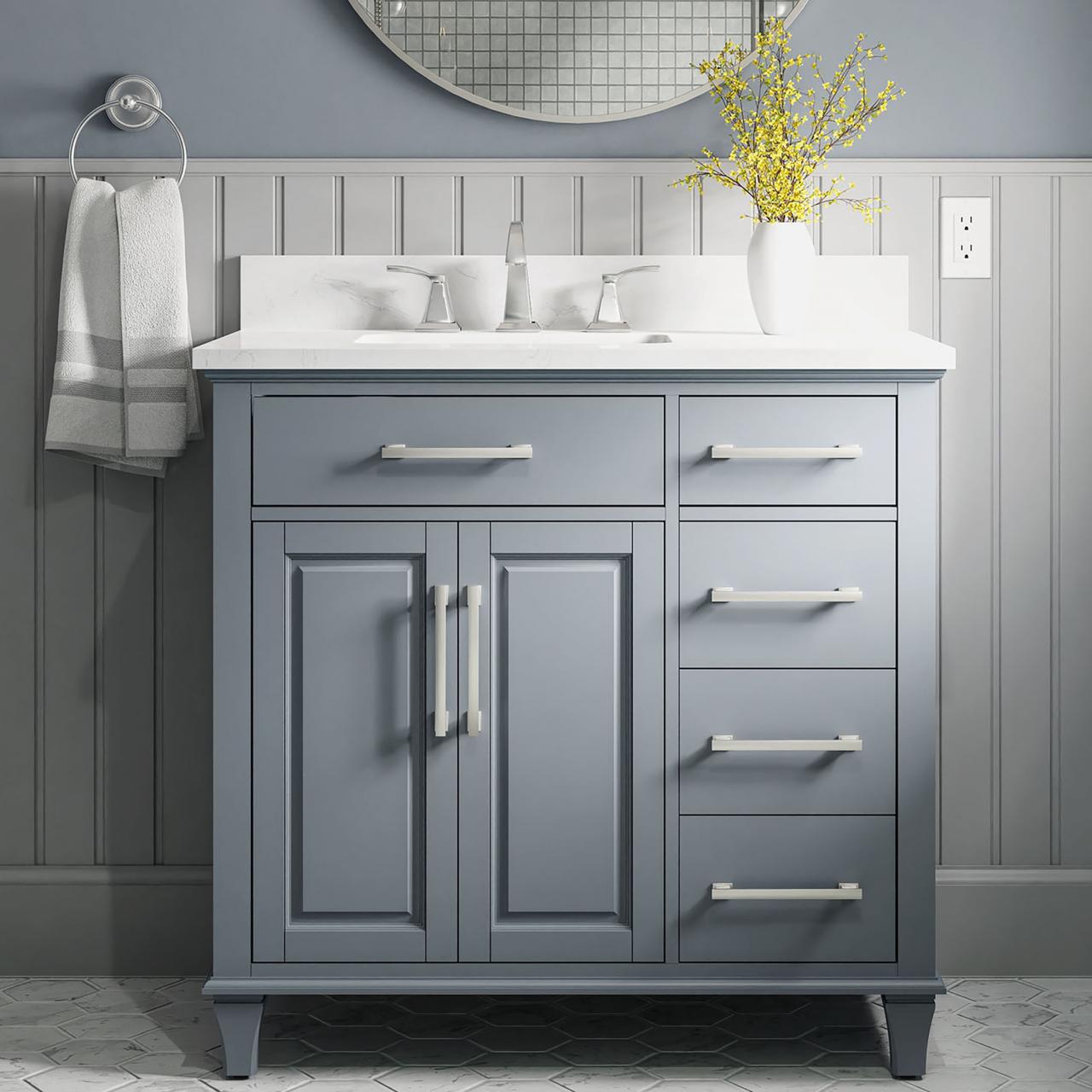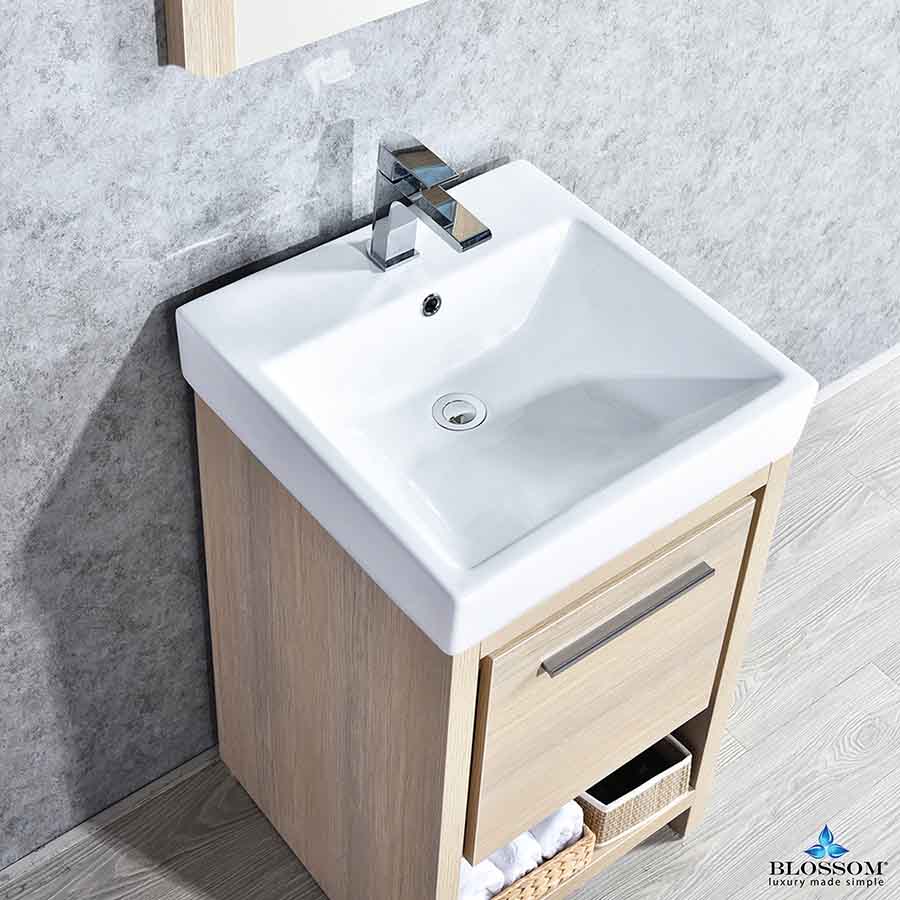The Importance of Choosing the Right Size Drain for Your Bathroom Sink
When it comes to choosing the right size drain for your bathroom sink, it is important to understand the significance of this decision. The drain plays a crucial role in maintaining the proper functioning of your sink and preventing any potential issues.
One of the key considerations when selecting the size of the drain is the size of your sink itself. The drain should be proportionate to the size of the sink to ensure efficient water drainage. If the drain is too small, it can lead to slow draining or clogging, making it difficult to use the sink effectively. On the other hand, if the drain is too large, it may not fit properly and can cause leaks or other plumbing problems.
Another factor to consider is the type of sink you have. Different types of sinks, such as pedestal sinks, vessel sinks, or undermount sinks, may require specific drain sizes. It is important to consult the manufacturer’s instructions or a professional plumber to determine the appropriate drain size for your specific sink type.
Additionally, understanding the flow rate of your faucet is essential in choosing the right drain size. The drain should be able to handle the water flow from your faucet without any obstruction. If the drain is too small, it can cause water to back up in the sink, leading to overflow and potential water damage.
Properly choosing the right size drain for your bathroom sink is crucial for maintaining its functionality and preventing any plumbing issues. By considering the size of the sink, the type of sink, and the flow rate of the faucet, you can ensure that your drain is suitable for your specific needs. Consulting a professional plumber can also provide valuable guidance in selecting the appropriate drain size for your bathroom sink.
Determining the Ideal Drain Size for Your Bathroom Sink
Sink Size and Style:
The size and style of your bathroom sink play a crucial role in determining the ideal drain size. A larger sink may require a larger drain to ensure efficient water drainage. Additionally, the style of the sink, such as a vessel sink or an undermount sink, can affect the drain size needed.
Water Flow Rate:
Consider the water flow rate of your faucet when determining the drain size. If you have a high-flow faucet, it is important to have a drain that can handle the increased water volume to prevent overflow and clogging. Low-flow faucets, on the other hand, may not require as large of a drain size.
Waste Disposal System:
If you have a waste disposal system attached to your bathroom sink, it is crucial to consider its requirements when selecting the drain size. Waste disposal units typically require a larger drain size to accommodate the additional waste and prevent clogging.
Plumbing Code Requirements:
Always check your local plumbing codes and regulations when determining the ideal drain size for your bathroom sink. Different regions may have specific requirements for drain size based on factors such as the number of fixtures in the bathroom or the type of building.
Personal Preferences:
Consider your personal preferences when deciding on the drain size for your bathroom sink. Some individuals may prefer larger drains to ensure quick drainage, while others may prioritize aesthetics and choose a smaller drain that blends seamlessly with the sink design.
Maintenance and Cleaning:
Factor in the ease of maintenance and cleaning when selecting a drain size for your bathroom sink. A larger drain may be easier to clean and less prone to clogging, while a smaller drain may require more frequent maintenance to prevent buildup.
Step-by-Step Guide to Selecting the Correct Drain Size for Your Bathroom Sink
Determining the correct drain size for your bathroom sink is essential to ensure proper drainage and prevent any plumbing issues. Here is a step-by-step guide to help you select the correct drain size for your bathroom sink:
Measure the sink bowl: Start by measuring the diameter of the sink bowl. This is the distance across the widest part of the bowl. It is important to measure accurately to determine the correct drain size.
Consider the sink’s design: Different sink designs may require different drain sizes. For example, some sinks have overflow holes, which allow excess water to drain out. If your sink has an overflow hole, you will need to take this into account when selecting the drain size.
Determine the drain size: The standard drain size for most bathroom sinks is 1 1/4 inches. However, larger sinks or sinks with multiple bowls may require a larger drain size, such as 1 1/2 inches. It is important to consult with a plumbing professional or refer to the manufacturer’s specifications to determine the recommended drain size for your specific sink.
Consider the drain assembly: In addition to the drain size, you will also need to consider the type of drain assembly you will be using. There are different types of drain assemblies, including pop-up drains and grid drains. Make sure the drain assembly you choose is compatible with the selected drain size.
Test the drain: Before finalizing your selection, it is recommended to test the drain by pouring water into the sink and observing the drainage. If the water drains quickly and efficiently, it is a good indication that you have selected the correct drain size. However, if the water drains slowly or if there is any pooling, you may need to reconsider the drain size and make adjustments accordingly.
Bathroom sink drain size (1.5″ vs. 2″) Terry Love Plumbing
What are the code requirements for layout of drain piping under sinks?
Sink Drain Sizes Jayu0027s Technical Talk
Plumbing Vent Distances u0026 Routing Codes
Standard Sink Drain Size for Kitchen and Bathroom – M2B
Helpful Tip: Increase the Size of your Drain Pipes to Speed Flow
Bathroom Sink Drain Stopper, No Overflow Pop Up Type Bathtub Plug Strainer, Push Type Bathtub Drain Cover with Hair Catcher Basket Filter for Kitchen
How To Plumb a Bathroom (with multiple plumbing diagrams
Related Posts:
- Black Bathroom Sink And Toilet
- Bathroom Sink Faucet Hose
- White Square Bathroom Sink
- Bathroom Sink Stopper Broken Pivot Rod
- Double Bowl Bathroom Sink
- Bathroom Sink Remodeling Ideas
- Extra Large Bathroom Sink
- Bathroom Sink Faucet Leaking From Spout
- Corner Bathroom Sink Base Cabinet
- Bathroom Sink Cabinet Plans



